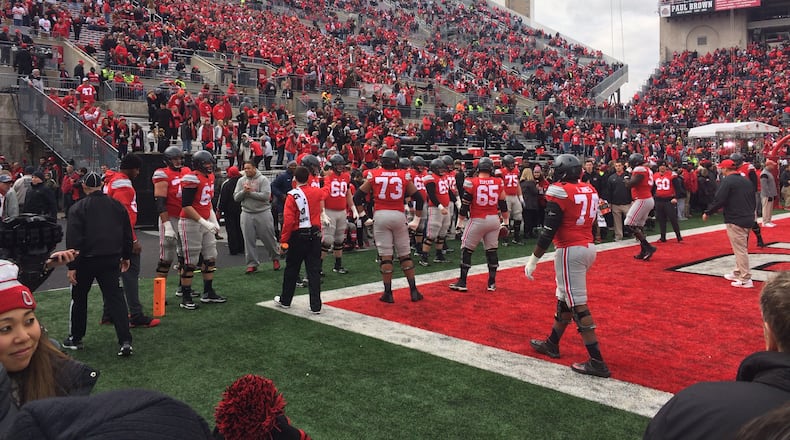Probably my favorite passage:
The advantage is actually to be gained by putting bigger blockers on the field and making defenses loaded with athletes that shined in 7 on 7 camps prove they can line up and handle complex run fits against scrappy tight ends and fullbacks and then tackle physical runners.
This is significant because the power run game is awesome no matter how a team lines up, and there are a lot of good 210-pound running backs and quality 240-pound athletes who can run, catch and block at fullback so this could spread quickly.
It would be an upset if it doesn't, really.
The approach combines the better points of the spread (making the defense account for the whole field) and the I formation (power through numbers up the middle and off tackle).
It's also a reminder the I and the fullback got a bad rap as the era of that style of football wore on. Those offenses became easier to defense after they made the fullback pretty much a sixth lineman, but that era wasn't very long in the grand scheme of things.
Jim Brown was a fullback, after all.
RELATED: Ohio State OL coach doesn't mind wing-T recruits one bit
Woody Hayes used to recruit as many fullbacks and tackles as he could out of high school because those were usually the best players on their teams.
With more ball fakes and backfield action, the T formation also did a better job keeping teams guessing than the 'I' did even though now most people would probably consider the latter a more advanced type of football.
So it's no coincidence sleight of hand is also part of this multi-back renaissance, too.
Read more:
Confuse and clobber - Football Study Hall
About the Author

